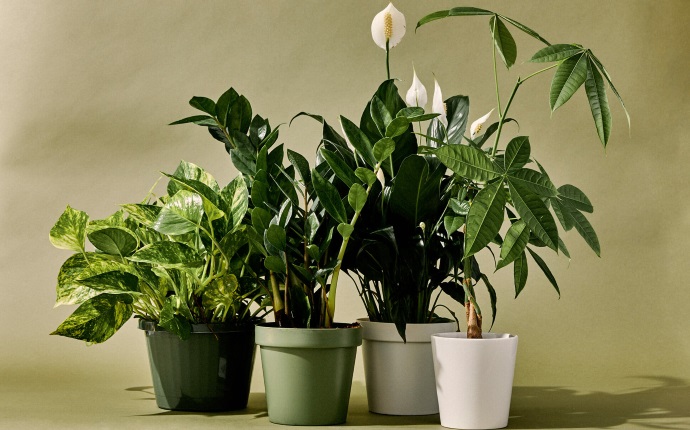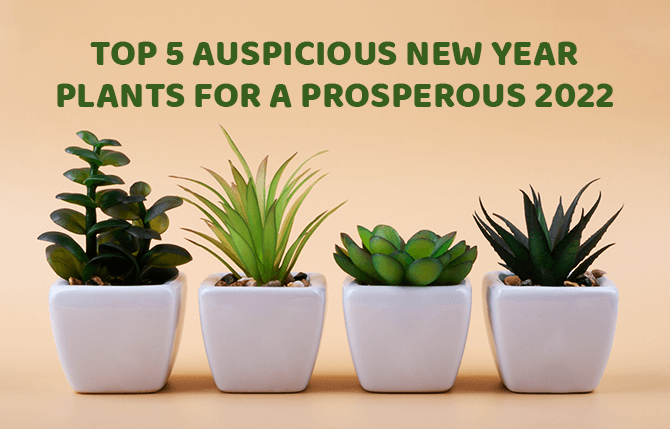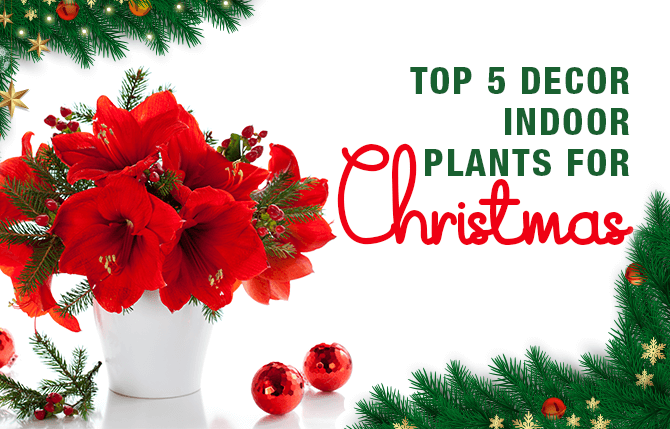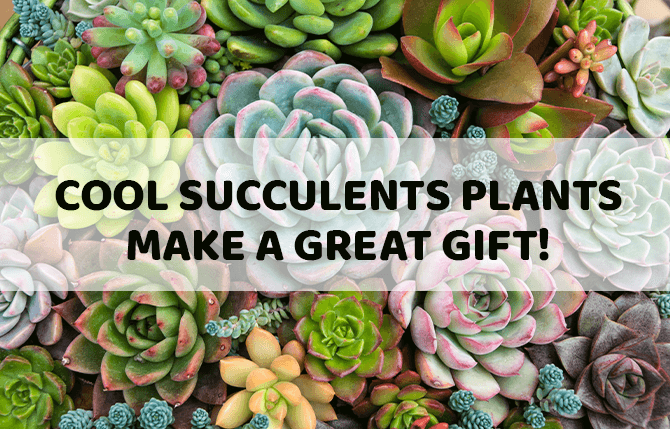Top 10 Indoor Plants for Home & Office
Indoor plants are nowadays a part of interior decoration as they add great aesthetic value to living and workplaces. The majority of the indoor plants are great air purifiers and offer several health benefits. These plants can flourish without direct sunlight and require less amount of water to grow. Such characteristics make them a perfect choice for greenery lovers who do not have abundant space to grow plants at home or office. However, every plant is not fit to grow in indoor conditions and that’s why experts have categorized plants as indoor and outdoor plants. Well, this does not mean that you can pick any indoor plant and place it anywhere you want. Every indoor plant has specific conditions that they best grow in. Some require dim light and some best grow in bright light. The amount of water required and the re-potting period differs from plant to plant. Let’s look at the top 10 plants that you can grow indoor.
Ficus Lyrata:
As adjudged by the New York Times, Ficus Lyrata also known as Fiddle-leaf fig is one of the trendiest indoor plants. This beautiful plant with glossy green leaves has its origin from West Africa. If you are looking for a plant for your hall, which receives bright light, this green buddy is a perfect choice to deliver a bold statement. There is a fallacy that this plant is tough to maintain, it’s never a truth. However, you need to keep in mind that it’s a toxic plant. So, keep it away from your pets and kids. The leaves of Ficus Lyrata are great air purifiers that can even eliminate dust and reduce humidity in the air. It can be beneficial for coughs, colds or sore throats.
Ficus Lyrata is one of the indoor plants that require watering once a week. You should not pour water in large quantity rather should spray around 700 ml of water on the plant and ensure that the water reaches its center root. Watering can be reduced during the winter season. As mentioned earlier, this plant requires bright light to grow and you need to repot it at least once in a year. When you change the pot, increase the size of the pot depending upon the growth of the plant. Make sure you use the best quality fertilizers while repotting to keep this New York Time’s favorite indoor plant in the best condition.
Aglaonema Anjamani:
Aglaonema Anjamani is one of the durable indoor plants with fabulous patterned spear-shaped leaves. The plant is known for filtering the air by absorbing benzene, carbon monoxide & formaldehyde, etc. On top of eliminating toxic chemicals from the air, it can increase the amount of oxygen in the room. This will, in turn, increase the productivity and prompt well being.
If you are testing your adaption with indoor plants, this one would be a good choice because it requires a moderate amount of water and low lighting condition. You need to water the plant based on the climatic condition. All you need to do is, ensure that the soil is not dry. You can scratch the soil with your figure and if you think it’s dry, you should water it immediately. Keep in mind that overwatering can rot the roots. You should keep the plant away from direct exposure to the sunlight. They are best for rooms with small windows, passing dim light.
Dracaena Compacta Branched:
This plant with strappy, variegated leaves forming a fountain-like appearance is a visual treat on any tabletop. Dracaena Compacta is one of the oldest plants used indoor. It has been in use as indoor plants since the 1800s and they’ve been very popular in the USA since the 20th century. With tremendous air purification quality, this plant is great in controlling humidity in the air. The plant is said to release more than 90% of its water intake as moisture. Researchers have also pointed out that this plant greatly contributes to a “Happy feeling’ and improved mood in people around.
Dracaena Compacta is very sensitive to minerals, salt and chlorine in the water. Therefore, fill water in a bucket and keep it untouched for 24 hours before spraying it on the plant. Watering the plant every 10 to 14 days would be ideal for maintaining good condition. Aerating the soil before watering the plant is a good idea to let the roots absorb the water. It would be a good idea to rotate the plant periodically to ensure that the plant photosynthesizes appropriately, which ensures the growth of the leaves on all sides, making it look amazing.
Aspidistra Elatior:
Aspidistra Elatior (also known as Cast Iron Plant) was once a common feature of Victorian hallways. This plant with large paddle-shaped dark green leaves has its origin from China and Japan. It got its nickname “Cast Iron Plant” from its indestructibility nature. The plant is well capable of growing in murky conditions with poor light and air quality. Like other indoor plants, it’s a good air purifier and can be maintained with very little care. However, do not expect it to grow quickly like other plants. This breed lasts for a longer period but it grows very slowly.
Though it can survive in any tough condition, do not let direct sunlight hit the plant. Keeping it near a north-facing window or at a place where it can get bright light will be ideal. It’s good to feed an Aspidistra once every one or two months. Water it only when you find the soil dry and it depends upon the season and spots your Cast iron plant is kept at.
Dracaena Fragrans:
If you are looking for a plant to place in a central location of a hall, this plant can be spotty, delivering a bold statement. Upon maturity, Dracaena Fragrans can grow up to 4 feet in height, which makes it an ideal plant for hallways or large living rooms. This plant with strappy leaves and cane-like stems is commonly seen in the walks of big hotels. These plants grow with one or more stems with a crown of leaves around the top of the stem. Though it can grow to more than 4 feet, the stems can be cut at a suitable level.
This plant is quite tolerant to negligence and can fairly grow in tough conditions. Though it’s a tough cookie, it cannot survive for a very long time in direct sunlight. A mix of shade and sunshine is ideal for this plant. It grows quicker in bright light. Repotting is suggested in 2-3 years and liquid fertilizer diluted in water once in every 3 week would help it to grow at its best. It’s advised to keep the soil a bit damp when touched, so water it accordingly.
Aeschynanthus:
Wouldn’t it feel great to see a beautiful flowering plant right in your bedroom wishing you ‘Good morning’ every day? Aeschynanthus is one of the most beautiful flowering plants that are best for a bright corner of your room. This plant grows waxy leaves with clusters of fabulous looking flowers that look like a tube of vivid red lipstick emerging from a maroon bud. Due to the shape of its flower, Aeschynanthus has a nickname “Lipstick Plant”
The lipstick plant grows well in airy soil with a small amount of vitamins and liquid fertilizer. Moderate watering is recommended for the plant and while watering, you need to ensure that you do not soak the soil. Overwatering could lead to fungal issues.
Asparagus:
This feathery, bushy plant is certainly an attention grabber in walkways. Its beautiful lace-like leaves grow into a great looking mound adding glam to your interiors. In many houses, Asparagus is grown in containers and hanged in balconies. It can be kept out but not in direct sunlight. Upon maturity, this plant may become woody with sharp spines. It can be trimmed to keep in the desired size.
This plant grows well in dappled shade and requires more water than the plants we discussed so far. If the plant looks droopy and its leaves turn brownish, it means it needs water. You need to mist this plant once in two days, depending upon your room temperature and humid. It can go for up to 2 years without repotting and water-soluble plant food is suggested for the plant during repotting.
Echinocactus Grusonii:
Echinocactus Grusonii, also known as golden barrel cactus is a good option for glass rooms and conservatories. It develops a globe-shaped thorny stem and can grow up to 36 inches in width and 60 inches in height. At a sight, it looks like a thorny ball and you would find people often stopping at it to take another look. It’s an attention grabber.
It’s has a long life and you can expect it to take a diameter of 10 inches in 10 years. This plant is drought tolerant and requires less amount of water. In fact, overwatering causes harm to the plant. It enjoys direct bright sunlight but keeps it in shade during hot summer days. To see it growing fast, serve it with high potassium fertilizer once in a week.
Aloe Vera:
This is one of the plants that require no introduction as a lot of cosmetic brands have already made it popular. This plant comes with several health benefits. Its different extracts are used for total skincare, hair treatments, anti-aging, boosting oxygen in the blood etc. It grows fleshy, grey-green leaves with gel in them. This gel is used for various treatments. It’s great to see Aloe Vera in marble pots filled with fancy pebbles placed near glass doors in walkways.
It needs bright but indirect sunlight and needs deep watering. You need to make sure that the soil is dry to 2 to 3 cm deep before the next watering. Fertilizing it with balanced houseplant formula would be a good idea to keep the plant healthy.
Aloe Aristata:
Aloe Aristata is also known as torch plant, Guinea-fowl and lace plant. This is a stem-less indoor plant which grows up to 30 cm tall with 10 cm lace-shaped, white margined, toothed long leaves. Aloe Aristata looks good when placed in a group. This plant bears pink flowers that attract hummingbirds and bees.
It needs bright light but not direct sunlight. You need to let the soil in the pot completely dry before re-watering the plant as it’s very sensitive to overwatering. Lace Aloe does not grow well in cold weather. So, keep it in an area that stays warm and has enough bright light.
Conclusion:
There are several more indoor plants that you should never miss out on. You can explore Plantsdubai.ae and find the ones that best suit your interior. You can get advises from our experts on what plants best suit your desired spot and they can also guide you on how to take care of these plants to see them flourish. Happy planting!!

 QAR
QAR






